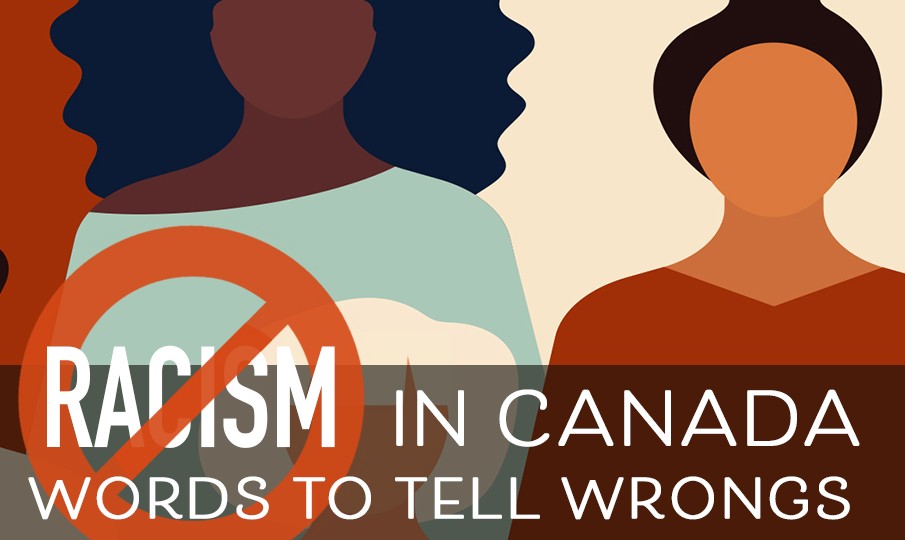Most people can’t imagine the kind of person who would try to cash in on people’s sorrow and generosity following the terrible shooting tragedy in Nova Scotia at the weekend. But sadly it seems, that kind of person or persons, are out there.
A mass murderer left at least 22 dead in his rampage before he was shot and killed by police.
Someone started a GoFundMe campaign who was seemingly related to a married couple who were among the victims and left two young children without parents.
This was soon revealed to be a fake and GoFundMe has removed the page. However, there are some 13 actual verified campaigns to help provide funds for families of the victims.

This fake fundraising campaign appeared to have been started by a relative of the two boys left without parents. Note the spelling mistake. Police say spelling mistakes in any message may be a clue they’re a scam GoFundMe has removed the listing (Facebook-via CBC)
A similar fake fundraising account was attempted after the Humbolt Saskatchewan bus crash that killed 16 members of a junior hockey team. That account raised almost $4,000 before a man was arrested on fraud charges.
GoFundMe says it now has a dedicated team to research and verify any campaign related to the Nova Scotia killings.
A senior intelligence analyst with the Canadian Anti-Fraud Centre told CBC that whenever there are tragedies or natural disasters there are always fraudsters quick to exploit people’s generosity through fake charities or donation websites
Police say it is often difficult to track down and arrest fraudsters because such campaign or other scam can originate from anywhere around the world..
A wide variety of scams have cropped related to the coronavirus as well.
The Canadian government Centre for Cyber Security advises to carefully examine anything that you may not be sure about whether websites, emails, or social media posts and anything to do with money.
It suggests the following tips:
From Emails
- Check to see if the address or attachment is relevant to the content of the email.
- Be doubly sure you know the sender of an email.
- Keep an eye out for typos.
- Make use of anti-virus or anti-malware software on computers.
Attachments
- Check to ensure that the sender’s email address has a valid username and domain name.
- If the email tone is urgent, be extra cautious.
- If you were not expecting an attachment, make attempts to verify with the sender before opening.
verify Websites
- Check to see that URLs are spelled correctly.
- Type the URL directly in the search bar of a search engine instead of clicking on the provided link.
- If you must click on a hyperlink, hover your mouse over the link to check if it directs to the correct website.
additional information-sources







For reasons beyond our control, and for an undetermined period of time, our comment section is now closed. However, our social networks remain open to your contributions.